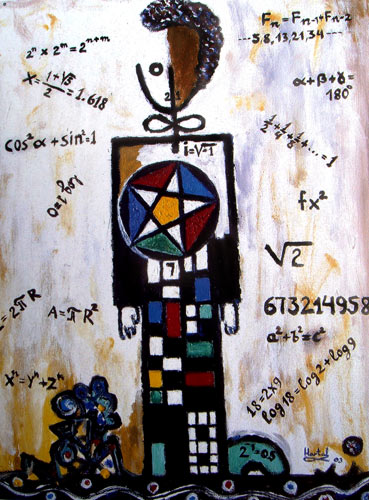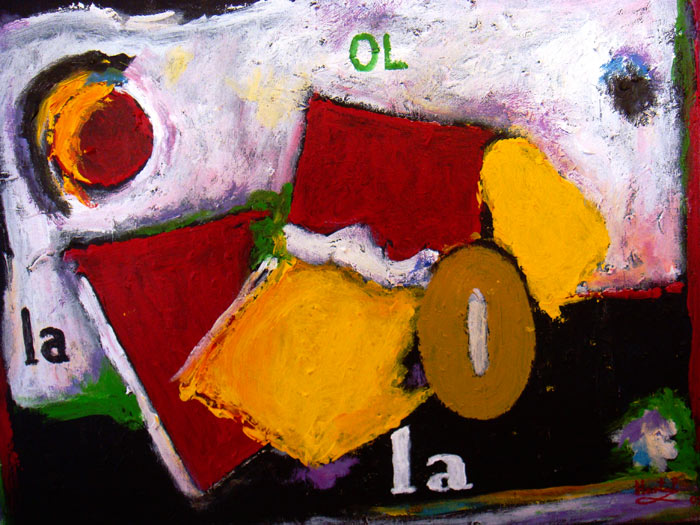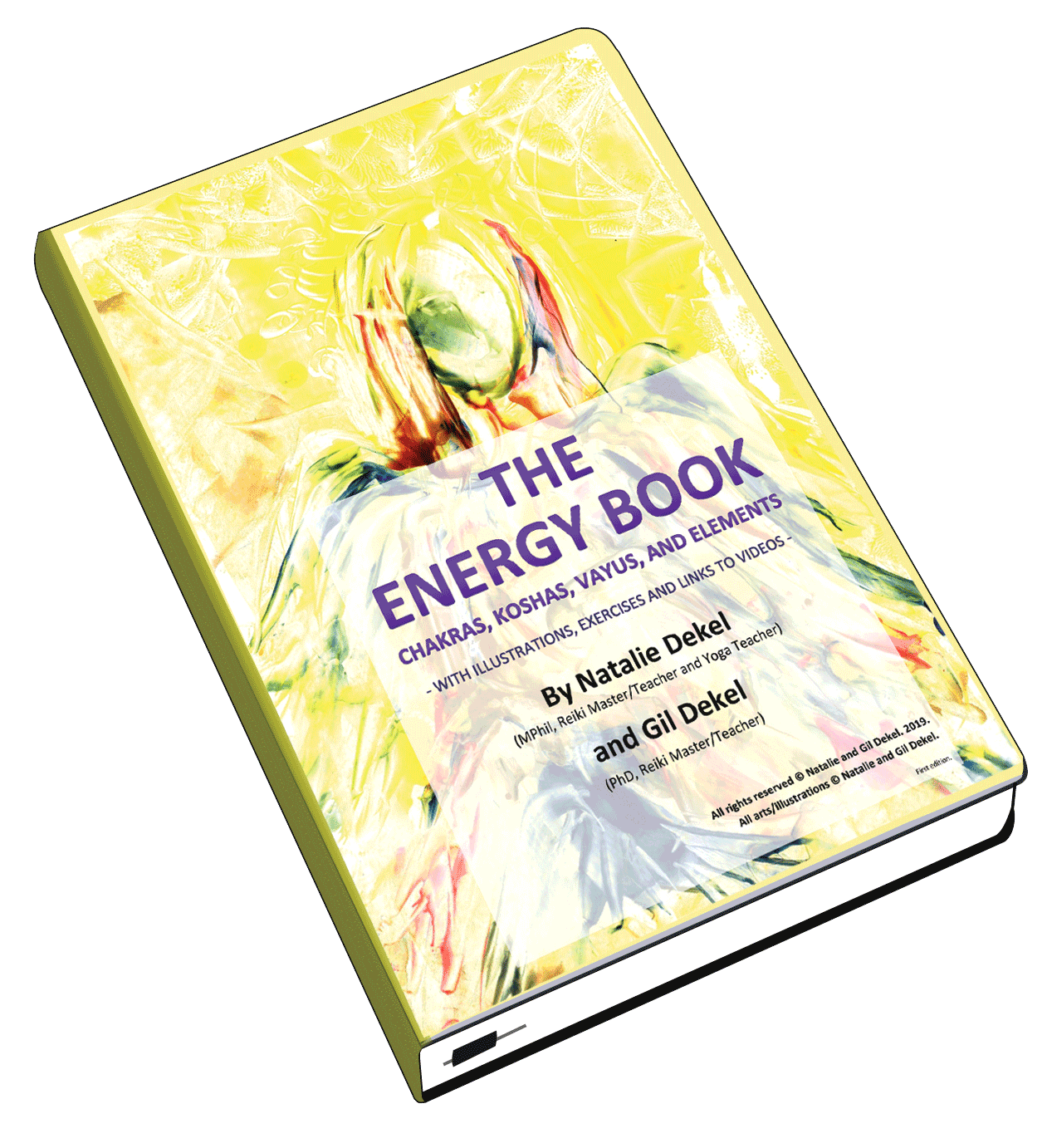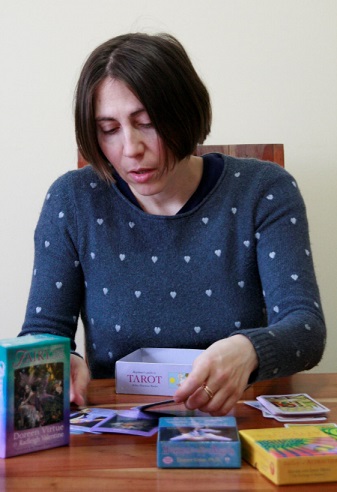
by Paul Hartal.
Introduction
Mathematics is a model of exact reasoning, the most precise branch of human knowledge. Using logic as its main instrument, mathematics probes the numerical and spatial relations of axiomatic systems by means of strict rules and careful analysis. It is a ubiquitous and indispensable subject because every human endeavor involves some form of arithmetic. In the sciences mathematics plays a salient role as their basic tool. The master mathematician and physicist Carl Friedrich Gauss (1777-1855) said that “Mathematics is the Queen of the Sciences and Arithmetic the Queen of Mathematics” (1). But to what extent does this noble and virtuous subject reflect reality? And to what degree can we trust mathematical accuracy? Is not it overrated?
Drawing on the mathematical genius of such giants as Euler, Lobachevski, Riemann, Russell and Einstein; I shall explore in this article an array of inherent contradictions in the logical foundations of the Queen of Sciences and discuss some major mathematical earthquakes that shook its theoretical bedrock. I also delve into certain aspects of The Theory of Relativity and Quantum Mechanics, the notion of time, as well as the mathematical revolutions of non-Euclidean geometry, transfinite sets and Gödel’s Theorem.
Chapter 1: An infallible delegate of truth?
Mathematics undoubtedly represents a crowning accomplishment of the human intellect but does it correspond to the material world? The popular conception envisions mathematics as the infallible delegate of undisputable truths. The orator E. Everett (famous for delivering a long speech in 1863 at Gettysburg that eclipsed the brief address of Lincoln), expressed this credo by claiming that “In the pure mathematics we contemplate absolute truths, which existed in the Divine Mind before the morning stars sang together, and which will continue to exist there, when the last of their radiant host shall have fallen from heaven” (2).
In contrast to this, the philosopher Bertrand Russell in 1901 uttered that “Mathematics may be defined as the subject matter in which we never know what we are talking about, nor whether what we are saying is true” (3). I think that Russell’s definition shines not merely in lettered wit but also in erudite wisdom. Unlike Everett, who probably was not aware of non-Euclidean geometries and lived prior to the age of the sweeping mathematical mutinies ushered in by Cantor and Gödel, Russell was one of the leading mathematicians of the 20th century and understood very well that common sense logic can be misleading.

Figure 1: ‘The Mathematician’, Acrylic on canvas, 60 cm x 45 cm, 2003 (Collection of Hanseo University Art Museum, Seoul).
Constructed from geometrical elements and algebraic formulae, the symbolic hero of this painting displays in its centre a colorful circle that comprises two pentagons and a five-pointed star, the Pentagram of Pythagoras. The square root of 2, on the right, involves the Pythagoras’ Theorem and a mathematical revolution 2,500 years ago: The discovery of the irrational numbers. Pythagoras taught that the universe was governed by whole numbers. Historians say that one day his disciple, Hippasos of Metapontum, had calculated the length of the diagonal of a square whose side was one unit and he found that it could not be expressed as a whole number or a ratio. The length was somewhere between 1 and 2, the square root of 2 (1, 4141). The discovery horrified the Pythagorean Society because it threatened their core beliefs and hurt their pride. They tried to suppress the discovery and according to legend they even murdered Hippasos. In any case this ancient mathematical scandal resulted in the bifurcation of geometry and arithmetic.
Russell realized that perceived mathematical truths are not necessarily absolute and thus he knew what he was talking about. In this respect his quite astounding statement deflates the arrogance flying aloft on the balloon of common sense. Nevertheless, trusting intuition and logic, contemporary neo-Platonists hold that ideal truths exist in the transcendental mind of universal consciousness; and I tend to believe this myself.
Russell’s definition also reflects the essential trait of mathematics as an abstract branch of knowledge. Furthermore, it delivers a thundering revision of the traditional view of the Queen of Sciences as the study of number, quantity and measurement.
Mind you, the attributes of number, quantity and measurement alone can never create great mathematics, because they are only the basic tools, or raw materials of the trade. These raw materials are in a sense like the basic tools of the artist. However, even the highest quality of a brush, canvas and colors on the painter’s palette by themselves cannot produce art. So in order to make an ingenious work in mathematics, or a magnificent masterpiece in painting, the act of creation must occur, in which both the mathematician and the artist apply their basic tools to the subject through cognitive processes that tap their talents, skills and intellect.
Similarly to mathematics, painting is also a semiotic system, a particular universe of symbols. Both mathematics and art are concerned with abstract ideas. Like pure mathematics, abstract art does not imitate reality but renders it. And paralleling pure mathematics, abstract art also involves the study of forms devoid of subject matter. Pure mathematics and abstract art both express aesthetic dimensions of the human experience. They are both meaningless in themselves and acquire meaning only through interpretation.
Albert Einstein (1879-1955), probably the greatest scientist since the time of Sir Isaac Newton (1642-1726), held up the judgement that mathematics failed the test of reliable correspondence with the material universe. He saw mathematics as a rather autonomous discipline, which seemed to be enveloped in an elective membrane that filtered relations with nature. It offered no guaranties regarding the relevance of mathematical formulae to the physical world. In his 1921 lecture on Geometry and Experience delivered before the Prussian academy of Sciences in Berlin, Einstein summed up the epistemological status of the Queen of Sciences this way: “As far as the propositions of mathematics refer to reality, they are not certain; and as far as they are certain, they do not refer to reality” (4).
In the light of Einstein’s statement and Russell’s epigram the incredible power of mathematics appears to be a perplexing mystery.
And, indeed, the Nobel Prize winning physicist Eugene Wigner similarly argued that “The miracle of the appropriateness of the language of mathematics for the formulation of the laws of physics is a wonderful gift, which we neither understand nor deserve” (5).
A century earlier another leading physicist, Heinrich Hertz (1857-1894) expressed his wonder this way: “One cannot escape the feeling that these mathematical formulas have an independent existence and intelligence of their own, that they are wiser than we are, wiser even than their discoverers, that we get more out of them than was originally put into them” (6).
Based on the work of Abraham De Moivre (1667-1754), the mathematician Leonhard Euler (1707-1783) developed a graceful and compact formula, named after him as the Euler’s Identity. Mathematicians regard it as one of the most beautiful equations of their pursuit. The equation’s protagonist is e, which has the numerical value of 2.71828… (the base of natural logarithms). Along with pi (3.14159…), e is also a transcendental number (not expressible by algebraic operations) and they both rank as equals in mathematical importance. Now, the Euler’s Equation boldly proclaims that if you add 1 to 2.71828 raised to the exponent of the imaginary unit (the square root of -1) multiplied by 3.14159, you get zero: ein + 1 = 0.
16 July 2010.
© Paul Hartal, Montreal, Canada.
References (for part 1)
1. Eric Temple Bell, Mathematics: Queen and Servant of Science, Redmond, Washington: Tempus Books of Microsoft Press, 1989, p. 1
2. — Mathematics, p. 21
3. — Mathematics, p. 17
4. Albert Einstein, Ideas and Opinions, New York: Dell Publishing Co, 1954, p. 228
5. Eugene Wigner, “The Unreasonable Effectiveness of Mathematics in the Natural Sciences”, Communications on Pure and Applied Mathematics (1960) 13 (1): 1-14
6. Morris Kline, Mathematics: The Loss of Certainty, New York: Oxford University Press, 1982, p. 338



 - Reading with Natalie, book here...
- Reading with Natalie, book here...